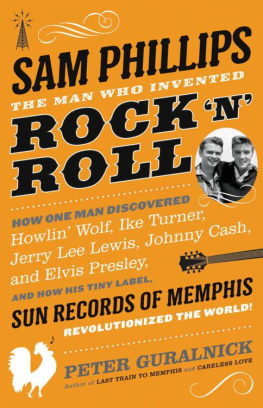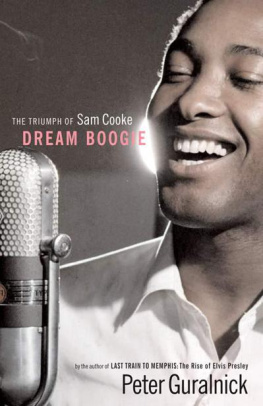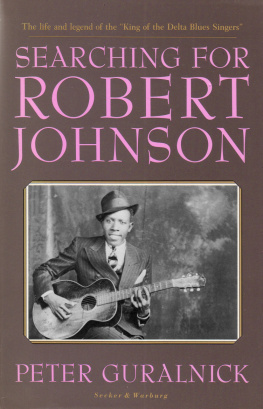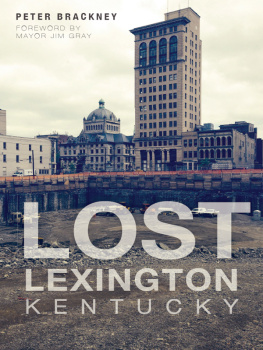Peter Guralnick - Looking to Get Lost
Here you can read online Peter Guralnick - Looking to Get Lost full text of the book (entire story) in english for free. Download pdf and epub, get meaning, cover and reviews about this ebook. year: 2020, publisher: Little, Brown and Company, genre: Detective and thriller. Description of the work, (preface) as well as reviews are available. Best literature library LitArk.com created for fans of good reading and offers a wide selection of genres:
Romance novel
Science fiction
Adventure
Detective
Science
History
Home and family
Prose
Art
Politics
Computer
Non-fiction
Religion
Business
Children
Humor
Choose a favorite category and find really read worthwhile books. Enjoy immersion in the world of imagination, feel the emotions of the characters or learn something new for yourself, make an fascinating discovery.

- Book:Looking to Get Lost
- Author:
- Publisher:Little, Brown and Company
- Genre:
- Year:2020
- Rating:3 / 5
- Favourites:Add to favourites
- Your mark:
- 60
- 1
- 2
- 3
- 4
- 5
Looking to Get Lost: summary, description and annotation
We offer to read an annotation, description, summary or preface (depends on what the author of the book "Looking to Get Lost" wrote himself). If you haven't found the necessary information about the book — write in the comments, we will try to find it.
Looking to Get Lost — read online for free the complete book (whole text) full work
Below is the text of the book, divided by pages. System saving the place of the last page read, allows you to conveniently read the book "Looking to Get Lost" online for free, without having to search again every time where you left off. Put a bookmark, and you can go to the page where you finished reading at any time.
Font size:
Interval:
Bookmark:
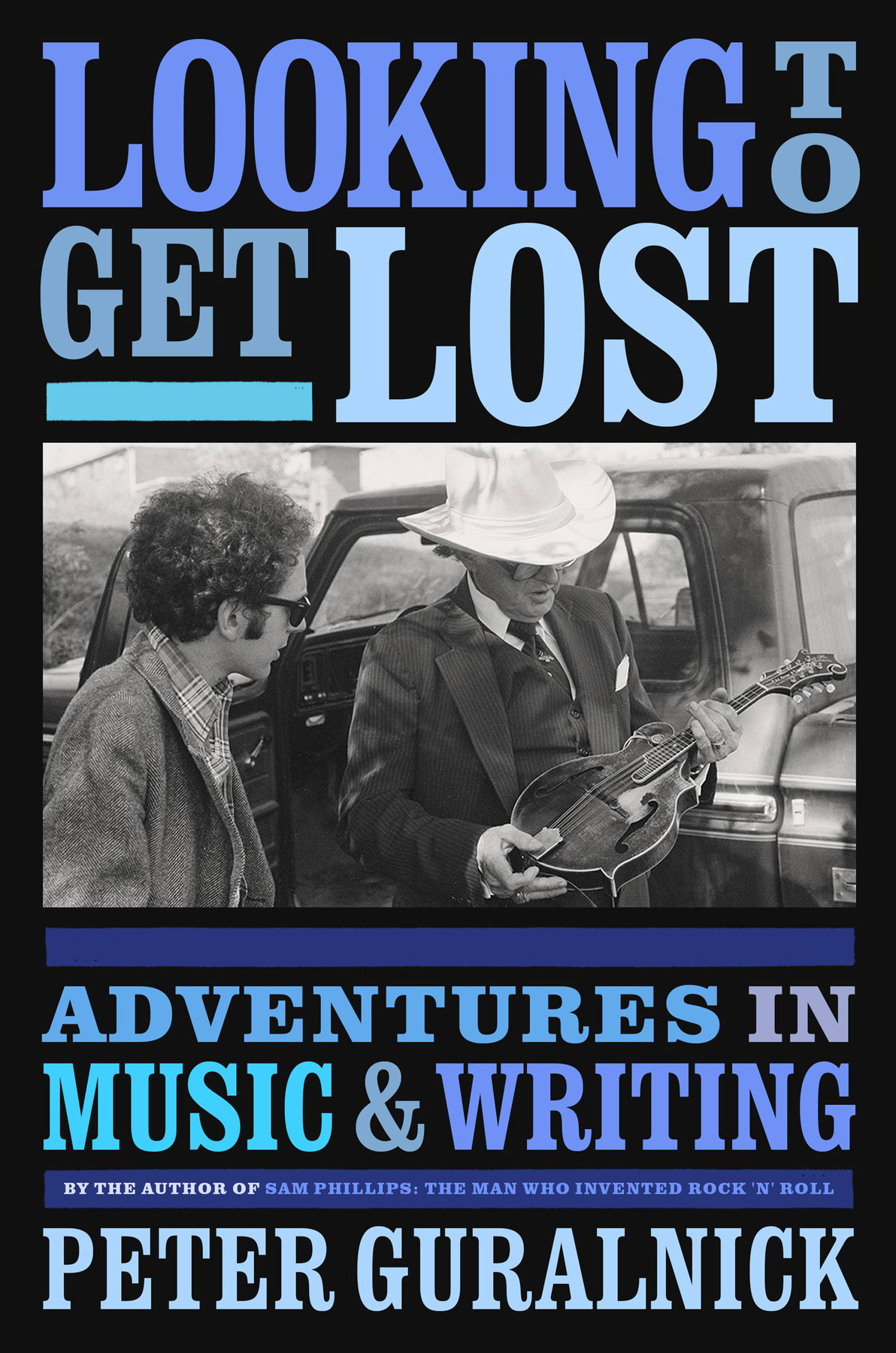
Copyright 2020 by Peter Guralnick
Cover design by Gregg Kulick
Cover photograph by Russ Barnard
Cover copyright 2020 by Hachette Book Group, Inc.
Hachette Book Group supports the right to free expression and the value of copyright. The purpose of copyright is to encourage writers and artists to produce the creative works that enrich our culture.
The scanning, uploading, and distribution of this book without permission is a theft of the authors intellectual property. If you would like permission to use material from the book (other than for review purposes), please contact permissions@hbgusa.com. Thank you for your support of the authors rights.
Little, Brown and Company
Hachette Book Group
1290 Avenue of the Americas, New York, NY 10104
littlebrown.com
twitter.com/littlebrown
facebook.com/littlebrownandcompany
FIRST EBOOK EDITION: OCTOBER 2020
Little, Brown and Company is a division of Hachette Book Group, Inc. The Little, Brown name and logo are trademarks of Hachette Book Group, Inc.
The publisher is not responsible for websites (or their content) that are not owned by the publisher.
The Hachette Speakers Bureau provides a wide range of authors for speaking events. To find out more, go to hachettespeakersbureau.com or call (866) 376-6591.
Copyright acknowledgments appear .
All photographs are copyrighted by the photographer and/or owner cited, all rights reserved.
Solomon Burke, gesturing to the skies. Courtesy of Bill Millar
Chuck Berry, late 1930s. Photograph by Harry Davis Bill Greensmith Collection
: Dick Curless, with his younger brother, Phil (on left), Gilbertville, Massachusetts, ca. 1942. Courtesy of Terry Curless Chinnock
: Dick Curless at 17: Hes the best-dressed cowboy in town. Courtesy of Terry Curless Chinnock / Richard Weize and more bears
ISBN 978-0-316-41264-3
E3-20200925-JV-NF-ORI
Sam Phillips: The Man Who Invented Rock n Roll
Dream Boogie: The Triumph of Sam Cooke
Careless Love: The Unmaking of Elvis Presley
Last Train to Memphis: The Rise of Elvis Presley
Searching for Robert Johnson
Sweet Soul Music: Rhythm and Blues and the Southern Dream of Freedom
Nighthawk Blues
Lost Highway: Journeys and Arrivals of American Musicians
Feel Like Going Home: Portraits in Blues and Rock n Roll
For Susan and Tommy, Betty and Wally,
Phil and Rose, Ruby and Nina
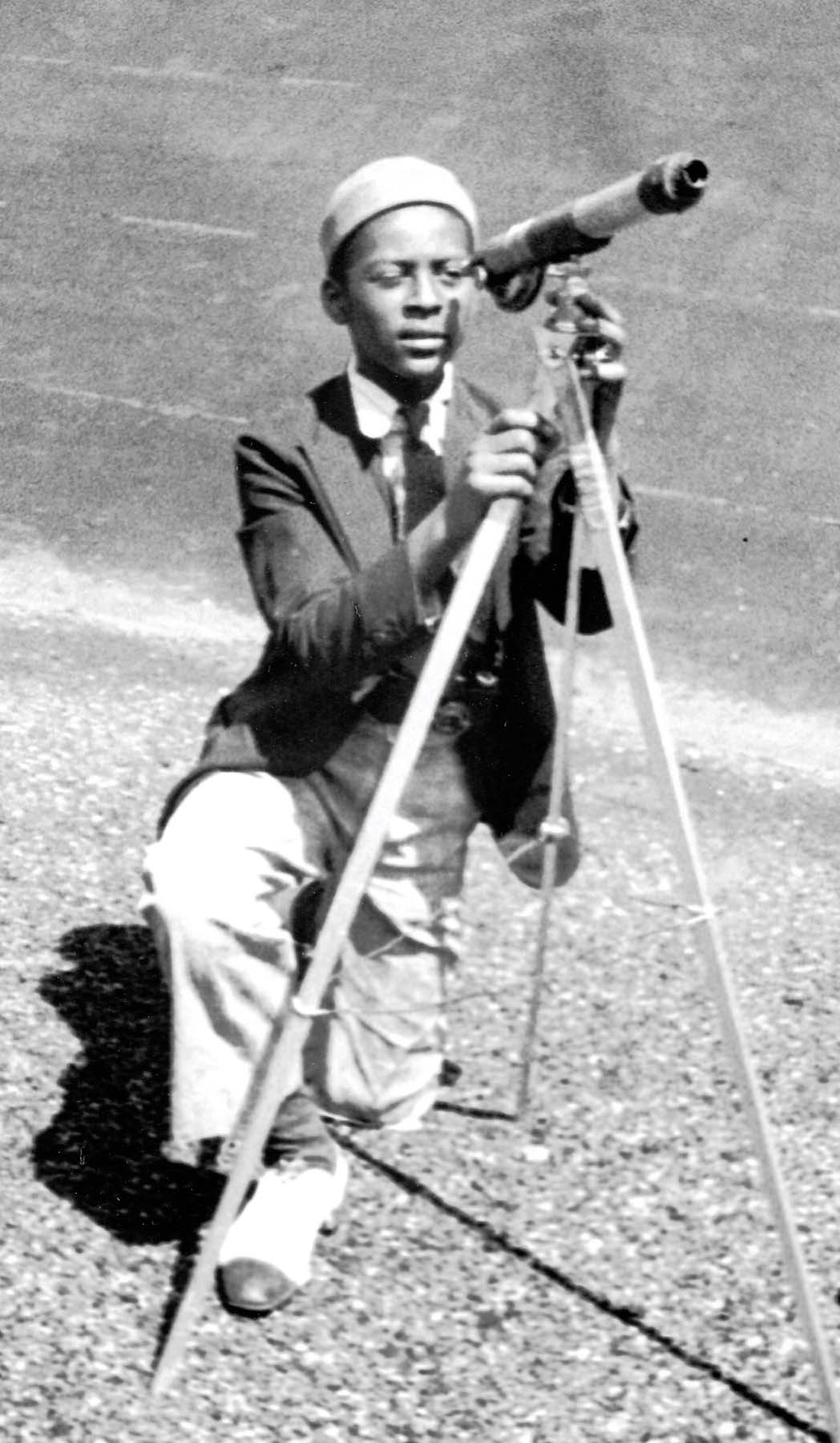
S IMPLY PUT, THIS IS A BOOK about creativity. Like so many other things in my life, this is a realization I have come to only after the fact. When I first started writing profiles (see Falling into Place and Whose Skip James Is This?), it was with the idea of putting what gifts I had at the service of a greater cause. But gradually over the years I have come to recognize that what has always fascinated me, apart from the very idiosyncratic nature of each and every person that Ive ever written about, was the imaginative impulse that drove them all, not the material dreams (even in the case of a fabulist like Colonel Tom Parker, I would argue that this was by no means his primary motivation) but what it was in their makeup that led them to express themselves in so particular and individuated a manner.
And so in a way this is what all my profiles from first (Skip) to last (Dick Curless) have been about, however different the particulars of the lives may be. In some cases, as with the unique collaboration between Elvis Costello and Allen Toussaint, the artist may be exceedingly self-awarebut then, so, too, in his own way, was Howlin Wolf, who saw his music as an expression not just of personal freedom but of personal difference. It is that almost inextinguishable drive to self-expression that, to paraphrase John Lee Hooker, was, simply, in them and had to come out. Im reminded sometimes of what Stoney Edwards, a singular black country singer who could neither read nor write, said to me on the subject of other peoples attempts to educate him. Im glad I cant read, he said. It scares the shit out of me sometimes how close I came to being an educated man. What Im saying is, when I think about how many things thats written about thats copiedwell, I cant copy anybody else. What I write about comes from a natural feeling inside myself. What I write has to be true.
Well, maybe so. Though that is not, of course, the only way. And yet it is one way to discover that state of abandon which all artists, whether knowingly or not, are searching for, that momentary sense of lostness that leads an author like Henry Green to forgo grammatical niceties, and sometimes even linear sense, for the same kind of lyrical rapture (in Greens case it might best be described as verbal drunkenness) that permits a musician like Jerry Lee Lewis or Ray Charles to discover places he might never otherwise have sought to go.
I toyed with the idea of calling this book Creativity: An Autobiography, because in one sense that is what it is. But then I figured no one would really get the joke (is it a jokeand if it is, how certain am I that I get it?)and besides, it might take away from the seriousness of my point. Which is that there is no one in this book, or any other that I have written, who was not lifted up in some way on the wings of imagination.
You wont find anyone more dedicated to their writing, or more ambitious about the precision of its expression, than Merle Haggard or Chuck Berry. To Lee Smith, I guess my favorite thing is before you even start writing, when youre sitting down every day just thinking about [it], and its all completely fluid in your head and therere all these people running around, and theres infinite possibilities of what they might or might not do. Everything is all intensely alive, and its just total possibility. Doc Pomus, who experienced a late-in-life renaissance that freed him from the more self-conscious restrictions of genre and craft, describes writing one of his early songs in an almost trance-like state (I definitely remember writing the song in a car. I was still living on and off with my family, and I was riding somewhere. It has a kind of quasi-heartbeat, its almost like subliminal writing), but in the end he had no interest in explaining the song, because its like with Edward Hopper, when they asked him, Who are those paintings about, all those late-night diners?, he said, Theyre all me. Henry Green was so inflamed by his fears for the demise not just of himself but of everything that he knew and loved as the Battle of Britain began (he was driven, he said, to put down what comes to mind before one is killed, and surely it would be asking much to pretend one had a chance to live) that he wrote what could arguably be considered his three greatest masterpieces in the course of little more than two years. Bill Monroe, widely hailed as the Father of Bluegrass, saw a long lifetime as an opportunity to refine the ever-developing arc of the revolutionary new music that he had pioneered in his mid-thirties. And if you listen to the dialogue between Elvis Costello and Allen Toussaint, you will overhear a conversation that returns again and again to the work ethic of the artist (simply put, this might be summarized by writers and musicians from Ernest Hemingway to Robert Johnson as, Youd better be there just in case inspiration arrives, because if youre not, it may never choose to show its face again)a conversation leavened and uplifted, in a manner that Lee Smith and Bill Monroe would certainly approve, by visionary arrivals like the Archangel Gabriel in the midst of an otherwise wholly secular (and, up to that point, almost frivolous) song.
Font size:
Interval:
Bookmark:
Similar books «Looking to Get Lost»
Look at similar books to Looking to Get Lost. We have selected literature similar in name and meaning in the hope of providing readers with more options to find new, interesting, not yet read works.
Discussion, reviews of the book Looking to Get Lost and just readers' own opinions. Leave your comments, write what you think about the work, its meaning or the main characters. Specify what exactly you liked and what you didn't like, and why you think so.

